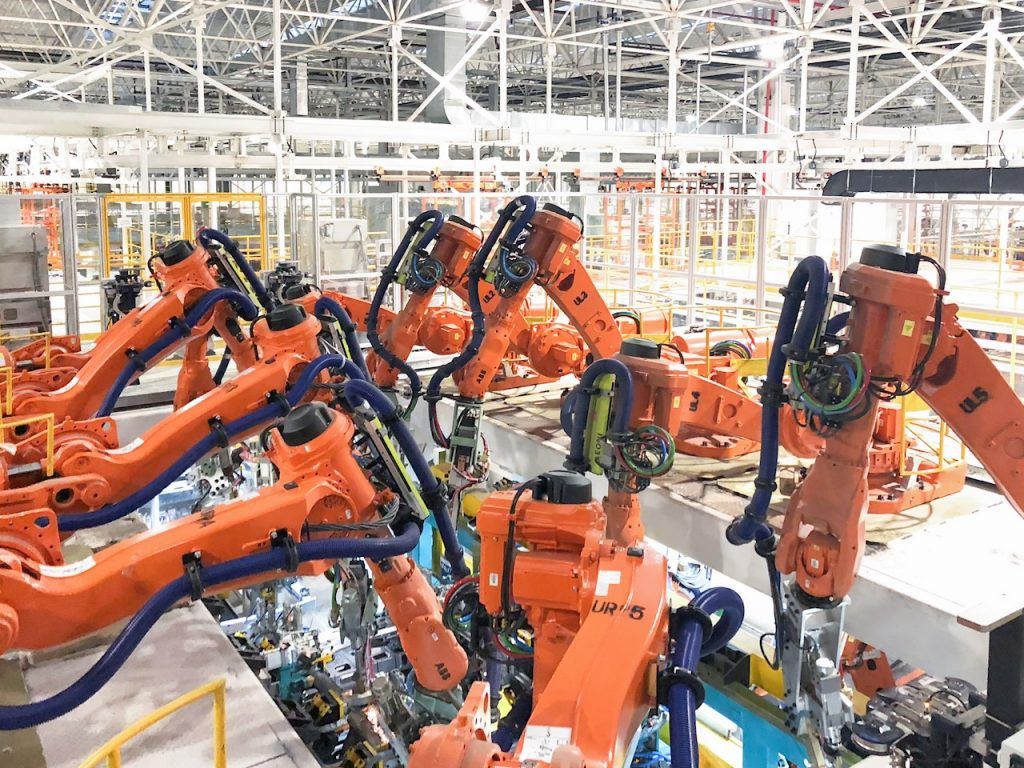The top five destinations for international sales of industrial robots in 2023 were China, the United States, Germany, Italy and Mexico.
Robots have been used in industrial and manufacturing automation for many decades.
These industrial robots are typically large, stationary robotic arms designed for repetitive tasks in controlled environments, such as factory assembly lines.
Their goal is to achieve consistency, speed and strength greater than that of a human.
International sales of industrial robots
According to the World Trade Organization (WTO), these are the countries that imported the most industrial robots in 2023, measured in millions of dollars:
- China: 1,252 (-9% year-on-year).
- United States: 526 (-3 percent).
- Germany: 502 (+18 percent).
- Italy: 262 (+4 percent).
- Mexico: 220 (+14 percent).
Advantages
Industrial robots execute plans preprogrammed by human engineers.
Over time, they have become more sophisticated and are used in many applications and diverse industries.
Although this automation offers great benefits, it also has its limitations.
According to Sarcos Technology and Robotics Corporation, these robots typically work in controlled environments, are fixed in one place and perform a single repetitive task.
Moreover, they are not easily reprogrammed without costly and time-consuming retraining.
Recent efforts to use artificial intelligence on problems in changing environments rely on large databases and language models (LLMs) in the cloud.
They use lots of real-world robotic data collected over time.
Training is done by connecting to these databases, searching for applicable data and models, and then using the new data to recommend a viable solution.
This process needs constant cloud connectivity, which increases costs and takes a long time, significantly reducing the benefits of these artificial intelligence technologies.
In industrial and manufacturing automation, productivity and profitability depend on avoiding downtime.
This downtime can be caused by several factors.
First, programming and reprogramming robotic systems can be complicated.
In addition, disruptions in the controlled environment, such as physical obstacles or incorrect positioning, can also cause problems.
Finally, the need to implement production changes can affect workflow.

